
The Bernice Pauahi Bishop Museum, designated the Hawaiʻi State Museum of Natural and Cultural History, is a museum of history and science in the historic Kalihi district of Honolulu on the Hawaiian island of Oʻahu. Founded in 1889, it is the largest museum in Hawaiʻi and has the world's largest collection of Polynesian cultural artifacts and natural history specimens. Besides the comprehensive exhibits of Hawaiian cultural material, the museum's total holding of natural history specimens exceeds 24 million, of which the entomological collection alone represents more than 13.5 million specimens. The Index Herbariorum code assigned to Herbarium Pacificum of this museum is BISH and this abbreviation is used when citing housed herbarium specimens.
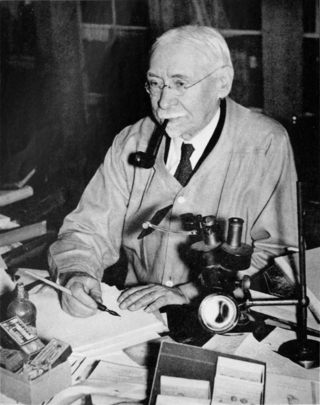
Henry Augustus Pilsbry was an American biologist, malacologist and carcinologist, among other areas of study. He was a dominant presence in many fields of invertebrate taxonomy for the better part of a century. For much of his career, his authority with respect to the classification of certain substantial groups of organisms was unchallenged: barnacles, chitons, North American terrestrial mollusks, and others.
Robert Tucker Abbott was an American conchologist (seashells) and malacologist (molluscs). He was the author of more than 30 books on malacology, which have been translated into many languages.
Patrick Vinton Kirch is an American archaeologist and Professor Emeritus of Integrative Biology and the Class of 1954 Professor of Anthropology at the University of California, Berkeley. He is also the former Curator of Oceanic Archaeology in the Phoebe A. Hearst Museum of Anthropology, and director of that museum from 1999 to 2002. Currently, he is professor in the department of anthropology at the University of Hawai'i Manoa, and a member of the board of directors of the Bishop Museum.
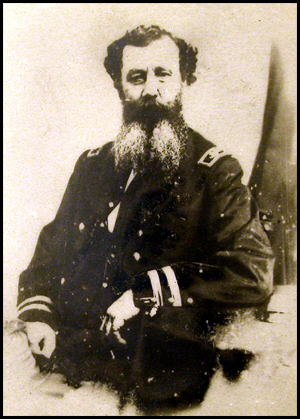
Joseph Pitty Couthouy was an American naval officer, conchologist, and invertebrate palaeontologist. Born in Boston, Massachusetts, he entered the Boston Latin School in 1820. He married Mary Greenwood Wild on 9 March 1832.
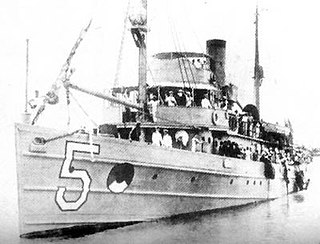
The TanagerExpedition was a series of five biological surveys of the Northwestern Hawaiian Islands conducted in partnership between the Bureau of Biological Survey and the Bishop Museum, with the assistance of the United States Navy. Four expeditions occurred from April to August 1923, and a fifth in July 1924. Led by Lieutenant Commander Samuel Wilder King on the minesweeper USS Tanager (AM-5), and Alexander Wetmore directing the team of scientists, the expedition studied the plant animal life, and geology of the central Pacific islands. Noted members of the team include archaeologist Kenneth Emory and herpetologist Chapman Grant.

Achatinellidae is a family of tropical air-breathing land snails, terrestrial pulmonate gastropod mollusks in the superfamily Pupilloidea.

Kenneth Pike Emory was an American anthropologist who played a key role in shaping modern anthropology in Oceania. In the tradition of A. L. Kroeber and other pioneering anthropologists who trained him, Emory's works span all four major fields of anthropology: archaeology, physical anthropology, ethnography, and linguistics. With fellow scientists Gerrit P. Wilder, Honolulu botanist, and Mrs. Wilder, historian; Dr. Armstrong Sperry and Dr. Stanley Ball, he was part of the Bishop Museum scientific research party who explored the South Pacific on the schooner Kaimiloa.
E. Alison Kay was a malacologist, environmentalist, and professor at the University of Hawaiʻi. She was born in Eleele and grew up on the island of Kauai in the Territory of Hawaii, graduated from Punahou School in 1946, and obtained her first B.A. from Mills College in 1950. She then went on to earn another B.A. in 1952 and an M.A. in 1956 from Cambridge University as a Fulbright scholar before returning to the University of Hawaiʻi, where she completed her dissertation in 1957. She is best known for her work, Hawaiian Marine Shells (1979).
Elwood Curtin Zimmerman was an American entomologist best known for his two multivolume series: Insects of Hawaii published by the University of Hawaiʻi Press and Australian Weevils published by Australia's CSIRO.
Francis Raymond Fosberg was an American botanist. A prolific collector and author, he played a significant role in the development of coral reef and island studies.
The Mangarevan expedition of 1934 was a scientific expedition to investigate the natural history of the farthest southeastern islands of Polynesia, including Mangareva. It was a comprehensive natural history expedition of a kind more common during the previous century. Sponsored by the Bernice P. Bishop Museum of Honolulu, Hawaii and led by the malacologist Charles Montague Cooke Jr., its research team included the ethnologists Kenneth P. Emory and Peter H. Buck, the botanists Harold St. John and F. Raymond Fosberg, the malacologists Donald Anderson and Yoshio Kondo, and the undergraduate entomologist E. C. Zimmerman. After visiting 56 islands on a voyage of over 14,000 kilometers over a period of six months, they returned with an enormous quantity of data, including perhaps the richest collection ever made of plants in Polynesia.
Charles Montague Cooke Jr. was an American malacologist who published under the name of C. Montague Cooke or C.M. Cooke.
Tokubei Kuroda was a Japanese scientist and academic. He is best known as a pioneering taxonomist and malacologist specializing in Japanese marine and terrestrial Mollusca.
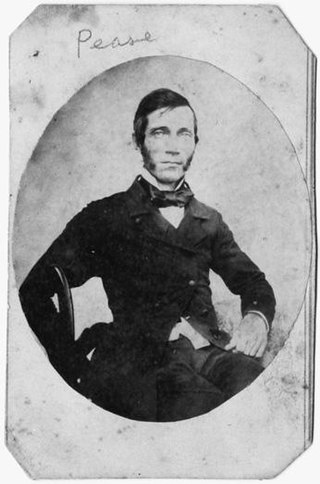
William Harper Pease (1824–1871) was a 19th-century American conchologist, shell collector and malacologist. He described many species of Indo-Pacific marine mollusks from the Cuming collection.

Wesley Newcomb (1818–1892) was an American physician and a malacologist who specialized in land snails.
Forest Buffen Harkness Brown (1873–1954) was an American botanist known for his work on pteridophytes and spermatophytes.
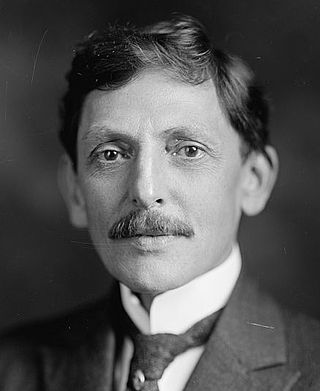
Paul Bartsch was an American malacologist and carcinologist. He was named the last of those belonging to the "Descriptive Age of Malacology".

David Dwight Baldwin was a businessman, educator, and biologist on Maui in the Hawaiian islands. Within biology he is known for his contributions to the study of Hawaiian land snails, part of malacology.










